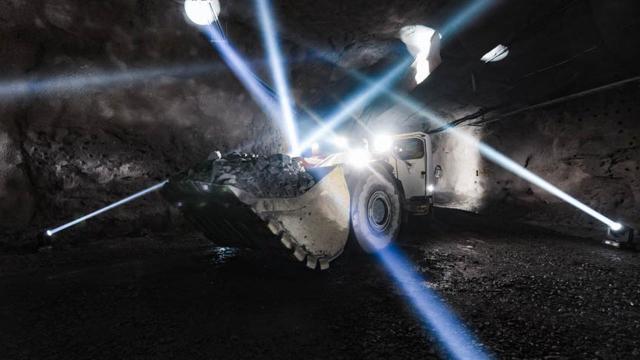
The mining industry has increasingly grown more focused on sustainability and reducing its impact on the planet. And thanks to technological advancements, mining operations around Australia are on track to becoming more environmentally friendly.
We know that mining is an energy-intensive activity. And while sustainable mining might sound like a contradiction, more and more companies are looking for solutions that will reduce their environmental impact.
New technologies
Technological advancements have provided an opportunity for mining operations to improve sustainability and reduce emissions and their carbon footprint. Electric vehicles are an example of new technology being implemented in mining, as they’re highly efficient and reduce CO2 emissions while also maintaining productivity.
Autonomous equipment is another way to reduce emissions and increase sustainability. They reduce idle times, start-stops, and fuel consumption while also optimising acceleration and braking, extending the time between maintenance and maximising operational hours. Autonomous equipment can also operate 24/7, eliminating downtime and increasing efficiency.
Sandvik has created its own battery self-swapping technology to address the unique demands of the mining industry in terms of the size and power of machines needed to operate.
The mining company needs 60-tonne dump trucks that run constantly. To address this issue, Sandvik’s battery-swapping system is the quickest way of getting energy for the machines to continue operating. Not only do these changes improve the mine’s eco-footprint, but it’s also more beneficial for the operators’ health.
“It’s usually quite hot in underground mining,” says Henrik Ager, President of Sandvik Mining and Rock Solutions. “There are dust and fumes. By using electric equipment underground, we eliminate the emissions from the equipment and remove 87 per cent of the heat generated by traditional diesel equipment.”
“Envisioning the mine of the future, I see it is very much electrified and digitalised,” says Jani Vilenius, Director, Technology Development and Services at Sandvik Mining and Rock Solutions. “So it means it is a very sustainable operation, and with very productive and safe operations.”
Operational optimisation and predictive maintenance
A simple way mines can reduce CO2 emissions is to have regularly scheduled maintenance of machines. This way, minor problems are found before they can become significant issues, and repairs can be scheduled at convenient times that increase the machines’ availability.
Switching out components before they fail and rebuilding and reusing worn out parts can offer considerable waste reduction. Optimising performance through scheduled monitoring maximises the usage of the equipment, eliminates any unnecessary hauling and reduces the cost per tonne.
Rebuilding machines and components at the end of life and bringing them back to like-new conditions also helps reduce overall waste and increase sustainability.
Lower-impact mining techniques
While traditional mining techniques significantly impact the environment, new alternative low-impact techniques can reduce the environmental impact.
Mining companies using these techniques will see a significantly reduced surface disturbance at sites, lower soil erosion and less material that would need to be backfilled.
Electric equipment is also smaller per capacity, meaning a 50-tonne capacity electric truck is the size of a 40-tonne traditional truck.
“This means that for the same amount of output, you can have smaller tunnels in an underground mine,” says Ager. “Smaller tunnels means you move less waste as you build the mine, and you save costs on building or developing the mine.”
Reusing mining waste
Many companies also leave significant amounts of waste at mining sites such as rocks and wastewater. However, this can be reused on or off-site. When adequately treated, the water can be reused for agriculture, as a coolant or even drinking water. While rocks can also be used in on-site construction in a way that can prevent soil erosion.
Some mining companies have even implemented large-scale reforestation schemes that aim to restore all the local species present at the site before operations began.
While there is still some way to go, implementing these changes can reduce the impact on the environment that mining has, moving the sector in a more sustainable direction.
